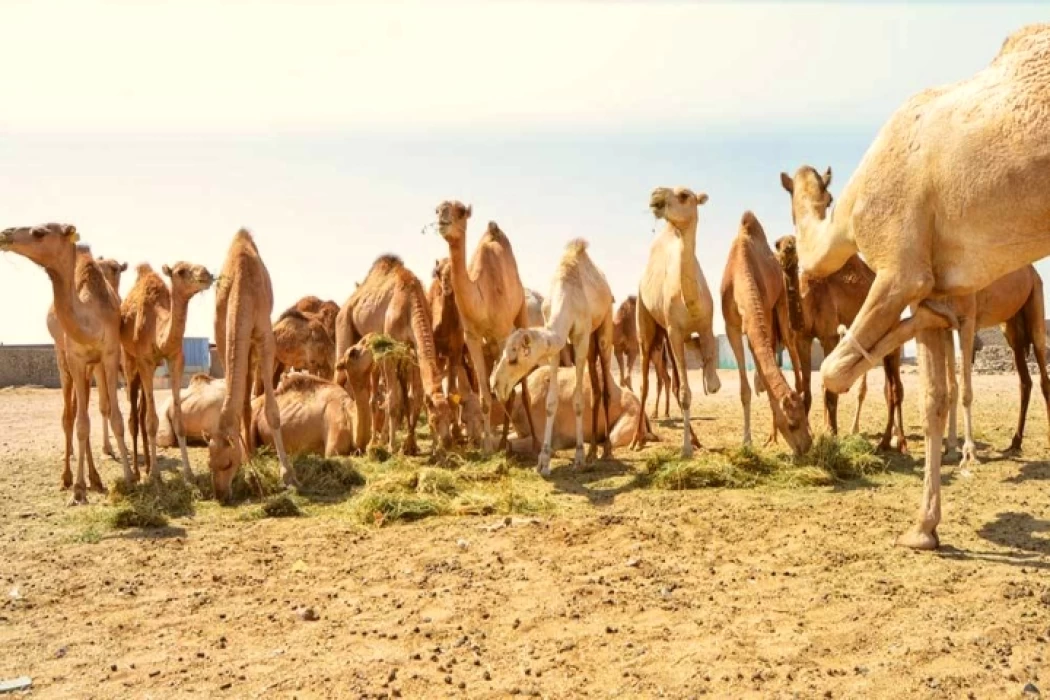
Halayeb And Shalateen
Halayeb region is an Egyptian region located on the African tip of the Red Sea with an area of 20,580 km2. There are three major towns in it, Halayeb, Abu Ramad, and Shalatin, The region belongs to Egypt politically and administratively de facto. It is the subject of a border dispute between Egypt and Sudan, and the Sudanese side calls it the administrative area of the government of the state of Sudan or for short (English: SGAA) the majority of the population is of one ethnicity of Beja and belong to the tribes of bashary, hamdawab, shnitrab and Abada.
Chalatines,
The center of Shalatin is characterized by fish wealth, including Mount Alaba in the southeast, and it is also characterized by the fertility of its lands, which depend on both groundwater and rainwater for irrigation. The town of Shalatin has five villages:
The village of Abu Ramad is 125 km south of Shalatin.
The city of Halayeb is 165 km south of the city of Shalatin.
The town of Ras Al-hadarah is 22 km south of the town of Halayeb.
Marsa Hammira village: 40 km north of Shalatin.
Abraq village: 90 km west of Marsa Hammira village














